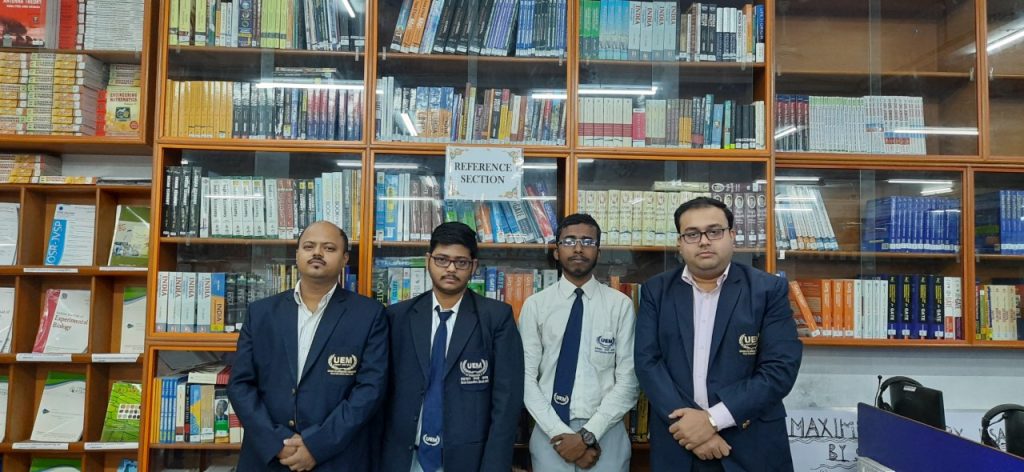Kolkata scientists discover a unique method to detect Cancer, can save millions in early stages :-
One of the most dangerous and fatal diseases known to mankind is Cancer. Nowadays, it is becoming more widespread as carcinogenic pollutants have infiltrated the food chain, air and water. It begins with a mutation of a cell, which rapidly grows in a huge number, and consequently a mass known as tumor, is formed by these cancerous cells. Even though more than 100 types of Cancers exist and not all of them cause death, people get scared of the term cancer itself. Amongst various types of cancer, Brain cancer is one of the most fatal.
However, Mr. Bratin Sarkar and Mr. Sourav Chandra: both Final Year Scholars of Computer Science, Dr. Pratik Talukder: Associate Professor in Biotechnology and Dr. Anirban Das: Professor – Computer Science and Engineering at the University of Engineering & Management Kolkata, have together developed a revolutionary and cost effective approach to diagnose Brain cancer. Together, they have successfully worked on a research project to predict the probability of a person getting cancer. They have filed a patent for the same as well.

When asked about how it is going to change the status quo, when it comes to cancer diagnosis, Dr. Anirban and his team has a clear vision. According to their research, there is not enough information available to a layman, about brain cancer and its symptoms. Due to which, the affected people don't get diagnosed in early stages. As a result, it becomes fatal for patients at later stages. Also, the existing technique of diagnosis for this cancer is quite expensive, and in some cases a patient needs to undergo a series of separate and costly tests. But their project will alert individuals, as they get to know exactly, their probability of having brain cancer.
All this at a reasonable cost, as the only thing that a person needs to do is, to simply give a sample of their hair. The sample then goes through isolation and extraction. In isolation, DNA is isolated and extracted, and is placed on a spectroscopy for quantitative analysis, i.e. whether the sample has adequate amount of DNA. If it doesn't, a few more hair shafts of the patient are taken. When quantity and quality is enough, the hair is kept in a heating chamber and Polymerase Chain Reaction (PCR) is carried out, to make several copies of a specific DNA segment.
Full article in the link below
Posted by: Ravi Narasimhan <ravi.narasimhan.in@gmail.com>
| Reply via web post | • | Reply to sender | • | Reply to group | • | Start a New Topic | • | Messages in this topic (1) |
To subscribe send a mail to Keralites-subscribe@yahoogroups.com.
Send your posts to Keralites@yahoogroups.com.
Send your suggestions to Keralites-owner@yahoogroups.com.
To unsubscribe send a mail to Keralites-unsubscribe@yahoogroups.com.
Homepage: http://www.keralites.net
No comments:
Post a Comment